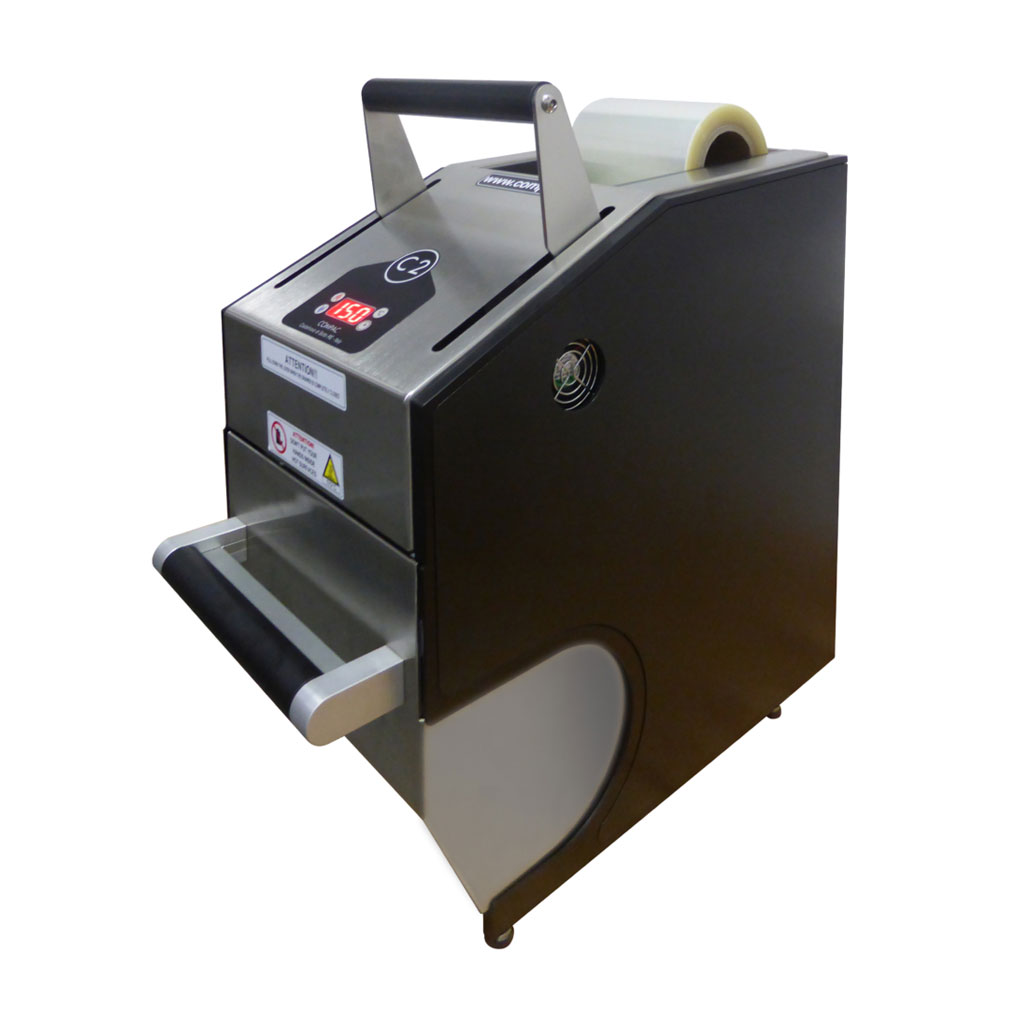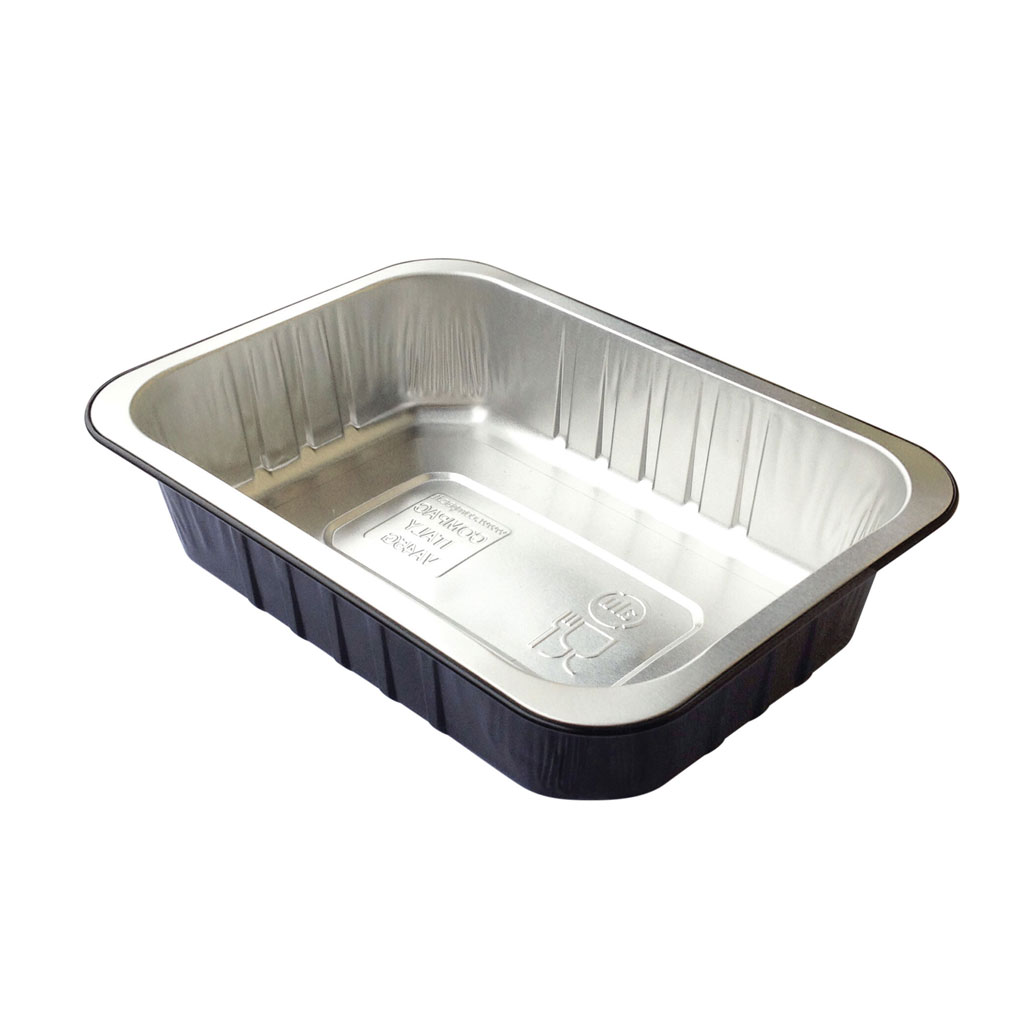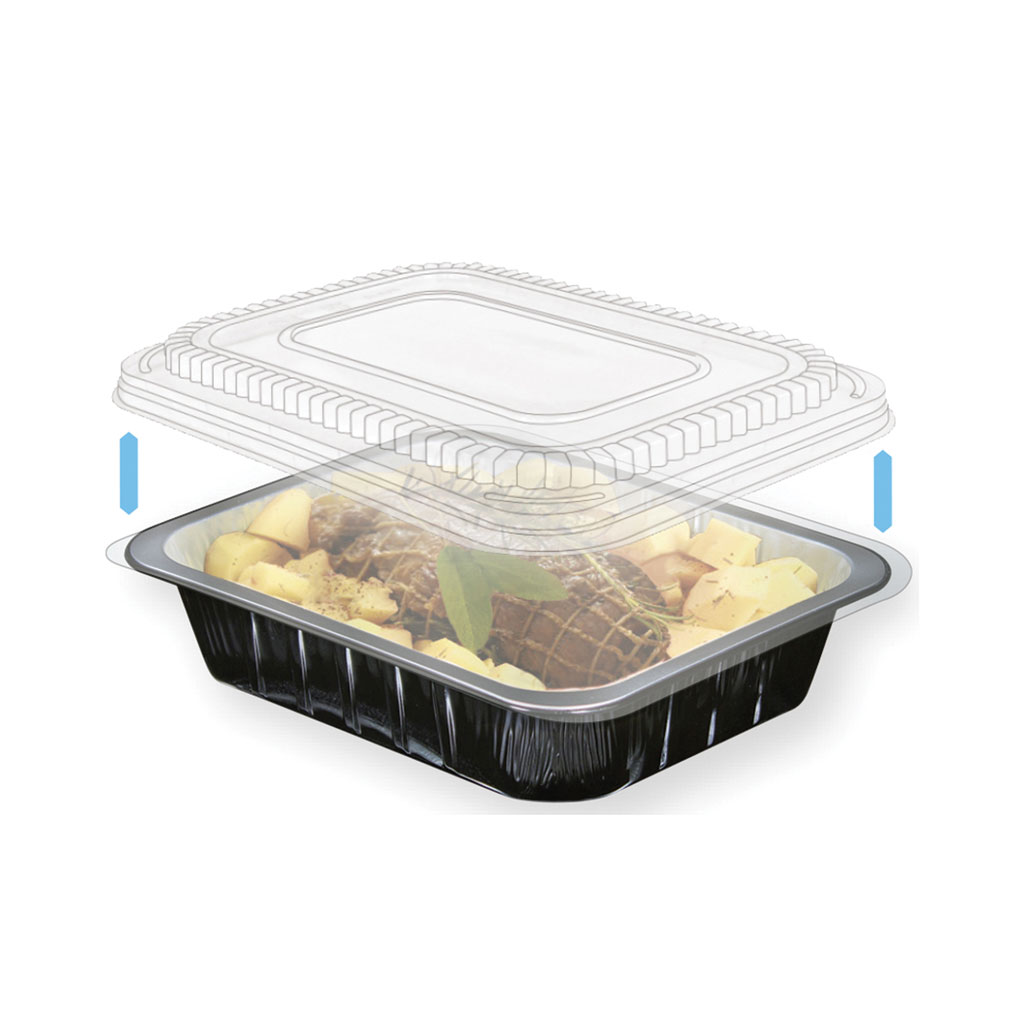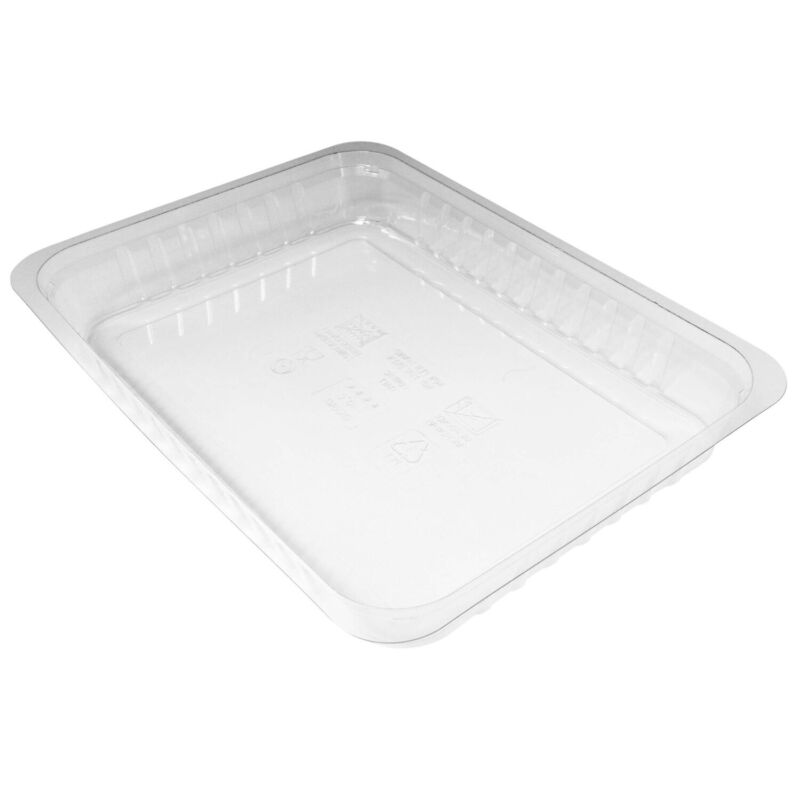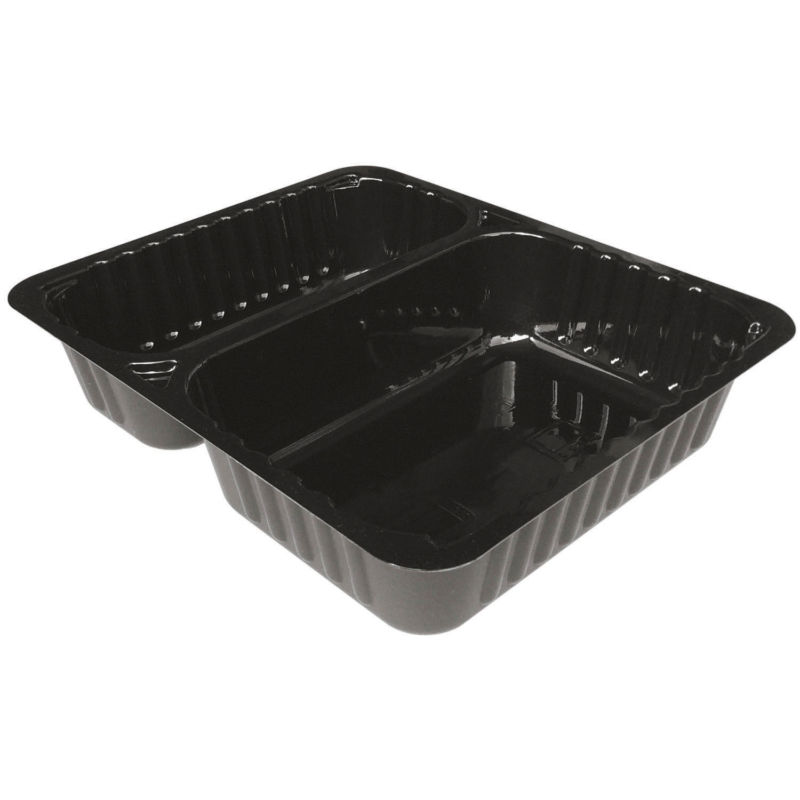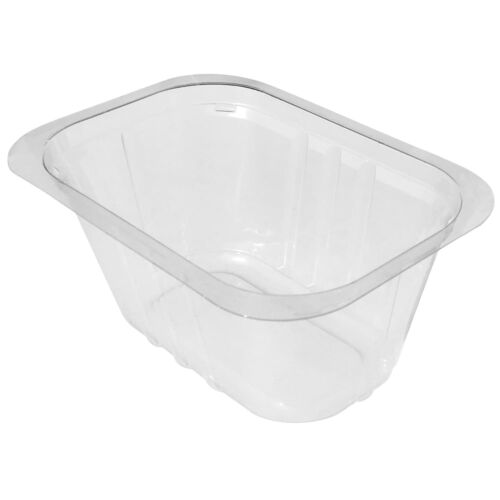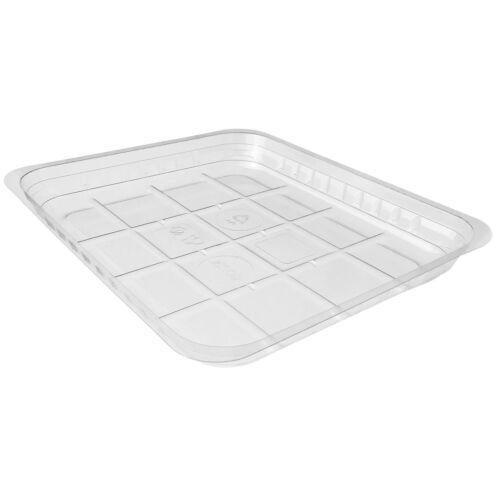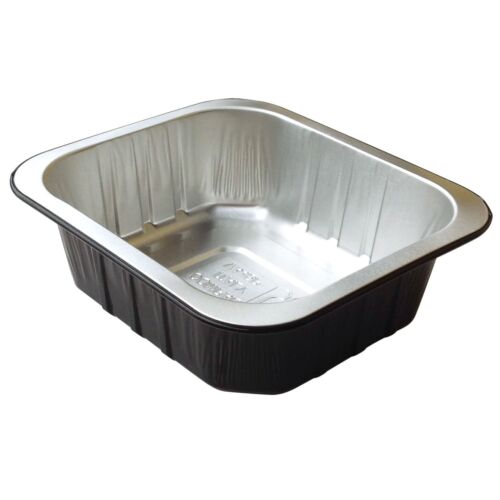COMPAC, after years of experience in the packaging of Fresh Food in Supermarket stores and Food Laboratory, has developed the systems specific to allow professional operators to package fresh food with the technology of the M.A.P. (Modified Atmosphere Packaging), synonymous of natural freshness.
Packaging in Modified Atmosphere (MAP)
Compac proposals to pack in Modified Atmosphere (M.A.P.)
Why choose M.A.P. tecnology?
The technology of packaging in modified atmosphere is a packaging system that involves the removal of the atmospheric gas from the packaging and their replacement with a mixture of gases predetermined and adapted to prolong the stability of food products.
In recent years its use has increased due to the demand from the market of fresh refrigerated foods with a shelf-life prolonged.
For all personnel involved in the early stages of packaging it is crucial to be alert to possible risk factors. This packaging technology can not preserve it from contamination hygiene though, when applied correctly, can slow the natural food spoilage. There is also no improvement in initial quality, but if you start with fresh produce of high quality these conditions can be maintained for long period. Should be carried out the appropriate procedures and controls for maximum shelf-life.
The controls temperature and good conditions of hygiene are very important factors for the extension of shelf-life, but the choice of the proper modified atmosphere may further implement. In other words, what makes this technology feature is the active role that the packing operation takes in controlling the phenomena of decay. It does not provide a simple protection from degradation as in traditional packaging, or the passive role of the evacuation of the air from the package, but the ability to intervene in the control certain degradative processes. The choice of gases for the mixture, the barrier materials and the techniques used by the equipment is essential.
Any food can be packaged in a modifed atmosphere; in particular, ideal products for this technology are fresh / perishable products.
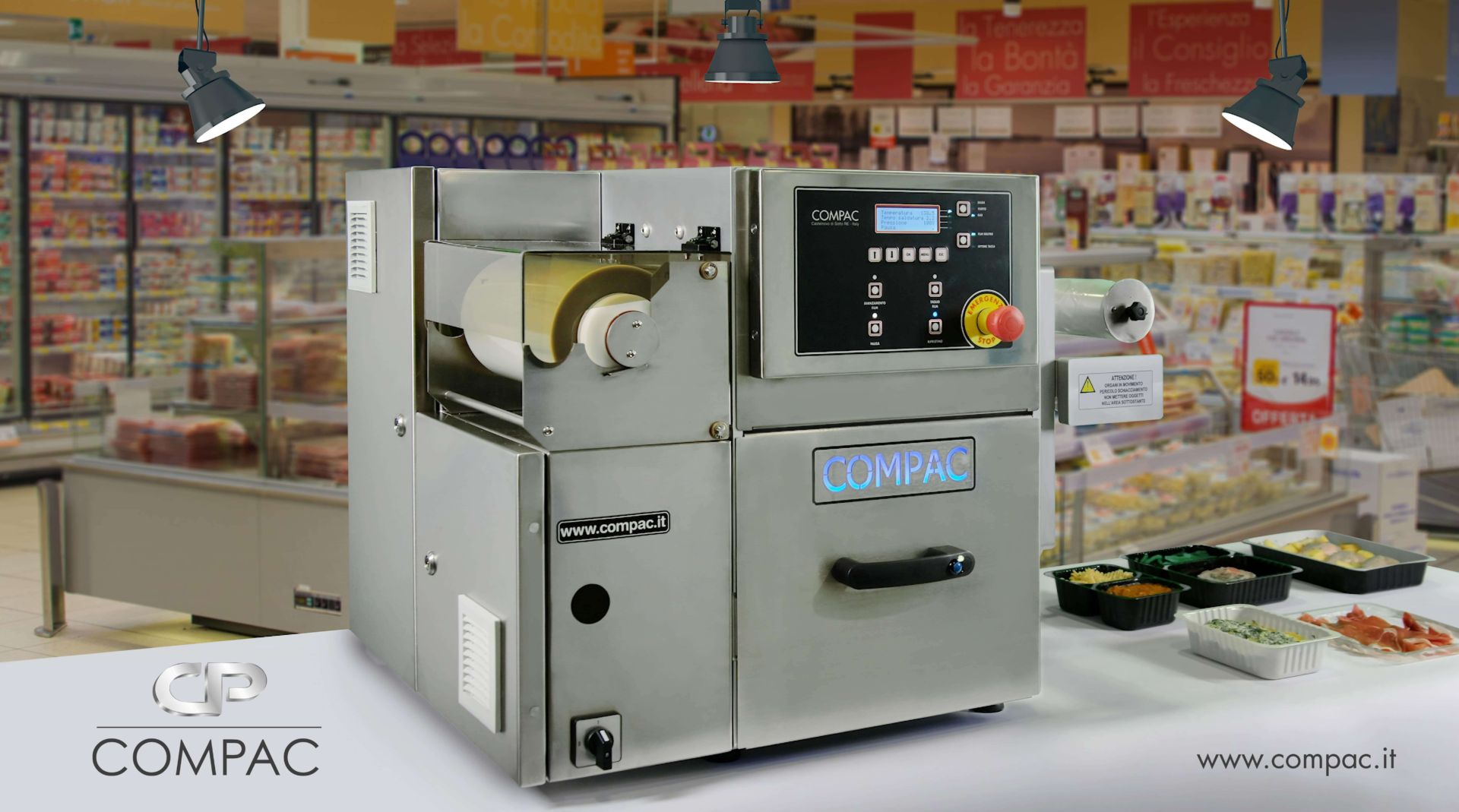
Heat Sealer Machine C26T / C26F
- Heat Sealer Machine, with provision mode OXYGEN, and multiformat Without Changing the Mould, which allow the sealing of containers of various sizes (one / two / three / four / six food portions);
- Range of Containers in APET (gourmet cold – delicatessen), Containers in CPET (ready meal to be heated) and Containers in ALc (Aluminium Smooth Wall) (gastronomy to cook and heat);
- Film reels barriered, antifog, antiUV, sealing and / or peelable, neutral or printed.
Heat Sealer Machine C26C
- Heat Sealer Machine, with provision mode OXYGEN, and multiformat with a quick format change, which allows to seal containers of various dimensions;
- Range of Containers in APET transparent / black (red meat-poultry-fish) and Containers in PLA transparent / black (bioplastics from starch);
- Film reels barriered, antifog, antiUV, sealing and / or peelable, neutral or printed.
The advantages of the System C26
- natural freshness thanks to use of natural gas like the ones used in the Food Sector that avoids or limit physical or chemical stabilisation treatments;
- elimination of the unsold good (take away);
- quality and organoleptic properties of the food guaranteed up to date of real maturity and extension of shelf life and preservation of natural food with maintaining unchanged the sanitary, nutritional and sensory characteristics;
- optimization of internal productivity and operational performance (240 containers / hour), allowing you to change the size of the containers to be sealed without interrupting the production process;
- optimization of internal production by not having to produce daily;
- perfect visibility and optimum exposition of the product through containers sealed by film antifog;
- mono-material packaging in PET / PLA to facilitate the collection for recycling or disposal and recycling of ALc.
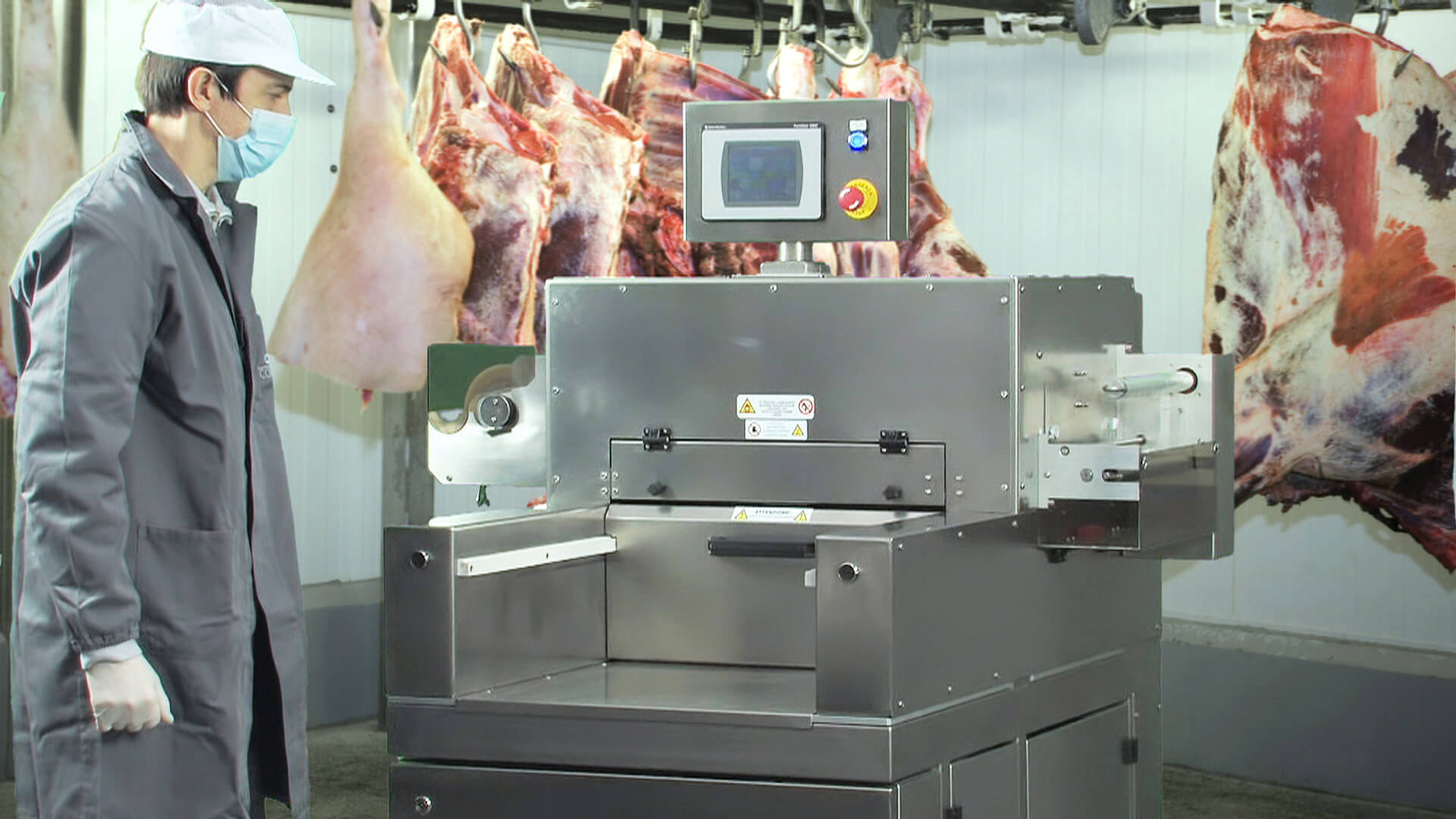
Heat Sealer Machine C35C
Heat Sealer Machines multiformat, with provision mode OXYGEN, to pack in modified atmosphere con (from 200 to 1.000 packs / hour) using:
- Range of Containers in APET transparent / black (red meat-poultry-fish) and Containers in PLA transparent / black (bioplastics from starch);
- Absorbent pads, also available in biodegradable and compostable material;
- Film reels barriered, antifog, antiUV, sealing and / or peelable, neutral or printed and allowing you to get a package (container, pad and film) completely of raw materials from renewable and compostable.
To give a concrete demonstration and obvious quality of the system and its tangible benefits, including the guarantee of perfect shelf-life of the product contained until the expiration date, Compac has implemented a collaboration with the University Of Studies Milan – Department of Veterinary Sciences and Public Health (DIVET). He has conducted several tests on meat packing in PLA. The obtained results have revealed that the product produced has better qualities than the traditional packaging. In conclusion, with the system C35C Compac demonstrates care for the environment through the use of sustainable materials, but also attention and evaluation of content.
What are the materials chosen by Compac for packaging in M.A.P.?
In line with the environmental choices adopted by Compac, they have chosen the following packaging materials for modified atmosphere packaging, being all one-component and having a widespread and well established supply chain for the disposal and subsequent recovery.
The plastic packaging material chosen by COMPAC for modified atmosphere packaging is PET (polyethylene terephthalate), a polymer obtained from the polycondensation of terephthalic acid with ethylene glycol.
It has amorphous structure (APET) or crystalline (CPET) depending on the speed of crystallization and has characteristics of low permeability to water, air and oxygen and considerable inertia in respect of the food with which it comes in contact.
The biopolymer chosen by COMPAC for modified atmosphere packaging is the PLA (polylactic acid); chemically it belongs to the family of aliphatic polyesters and is a biodegradable and compostable thermoplastic polymer of plant origin which is produced by fermentation and distillation processes starting from starch, mainly corn. It by the microorganisms present in nature is naturally converted into CO2 and H2O.
It looks like a transparent material and is the first polymer with zero impact on the environment, being 100% derived from renewable sources; therefore it offers an attractive alternative to traditional petroleum-based polymers. The PLA product is mainly used in the packaging industry, which finds application in food packaging due to its excellent mechanical properties. It is particularly suitable for packaging in MAP of those food products that require mixtures including oxygen.
ALUMINIUM SMOOTH WALL ALc and ALbn
The metallic material chosen from COMPAC for modified atmosphere packaging is the ALUMINIUM. It is a soft material, light but strong.
Due to its characteristics such as low density, high thermal conductivity, non-toxic, excellent ductility and malleability, COMPAC has deemed suitable for the development of the range of Smooth Wall containers (sealing smooth edge).
The main techniques of packaging in M.A.P.
Gas Flushing
In this technique the replacement of air inside the packaging is done through a continuous stream of gas that dilutes the air around the product prior to the closing of the pack. The great advantage of the technique of gas flushing is the speed that the machine can reach: working continuous flow fact, productivity is very high. Moreover, the replacement of the case for dilution and therefore there is a limit to efficiency of this technique, the typical residual oxygen is assessed by around 1-3%, as a result if the product packaging is particularly sensitive to the presence of oxygen, this technique may not be appropriate. It is also indicated for the packaging of products which require high oxygen values such as red meat.
Compensated vacuum
The air is removed getting vacuum inside the container and then insufflating the mixture gas desired. This procedure is completed in two steps then and consequently the speed of the machine is less than one that uses the technique of gas flushing. In contrast, the air is completely removed and not simply diluted: efficiency increases and the residual oxygen is significantly lower even below the 0.5%. This technique is thus suitable for the packaging of sensitive products is important.

